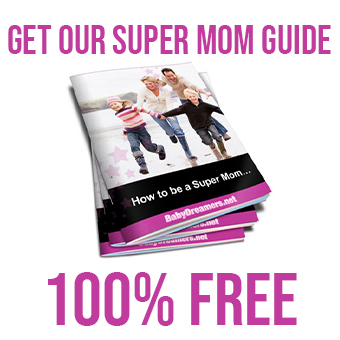Pregnancy can cause stretch marks due to the increased skin stretching that occurs during this time. Stretch marks are more likely to occur in women who are pregnant at an older age, as the skin’s elasticity begins to decrease with age. This is because elastin, the protein that gives skin its elasticity, decreases as we get older. Stretch marks are also a concern for women who may become pregnant in the future, as they are more likely to occur in subsequent pregnancies. Therefore, it is important for all women to be aware of the potential for stretch marks and take steps to prevent them.
ELASTIN
Elastin is a protein found in connective tissues that allows them to stretch and return to their original shape. It is what allows skin to “bounce back” after being poked or pinched. Elastin is an important component of tissues throughout the body, helping to keep them strong and healthy.
Elastin is a protein found in many tissues in the body, including the skin, ligaments, and bones. It is composed of the amino acids’ glycine, valine, alanine, and proline. Elastin is made by linking many soluble tropoelastin protein molecules, in a reaction catalyzed by lysyl oxidase, to make a massive insoluble, durable cross-linked array. The amino acid responsible for these cross-links is lysine. Desmosine and isodesmosine are both found in elastin.
As we age, our natural production of elastin begins to slow down. Elastic fibers break apart and skin loses its elasticity, resulting in the appearance of lines and wrinkles. This damage is a part of the aging process and can’t be avoided, though it usually begins relatively early, around age 40.
Elastin is a key protein in our skin that is responsible for its elasticity and tonicity. As we age, we stop producing elastin naturally, which leads to our skin sagging, and developing lines, folds, and wrinkles. According to Alta Care Laboratories, elastin can be likened to the “rubber of the organism.” Elastin owes its properties to its thin structure, which resembles rubber. This is why elastin is such an important part of keeping our skin looking young and healthy.
Elastin is a protein found in connective tissue that is responsible for its elasticity. It is found in abundance in young skin, but its production decreases with age, resulting in skin that is less elastic and more prone to wrinkles.
There are three types of elastin available on the market:
1. Hydrolysed Elastin: Hydrolysed elastin is elastin that has been treated with enzymes to break down its protein molecules into smaller pieces. This makes it more easily absorbed by the skin, but it also means that it has lost its elasticity.
2. Native elastin is untreated by enzymes, so its protein molecules are too big to be absorbed by the skin.It simply sits on the surface of the skin, where it is useless.
3. Dermastir Elastin: Dermastir elastin has been designed to behave like natural elastin. It is easily absorbed by the skin and restores the skin’s natural elasticity, hydration and tonicity.
Elastin is best presented in glass Ampoules, which help to preserve its quality.
Silvia elastin Ampoules can be used before and during pregnancy to help prevent stretch marks. The Ampoules can be mixed with a hydrating lotion or even applied on their own on the parts of the body with high risk to develop stretch marks. One box of Silvia elastin with 20 Ampoules costs 48 euros, meaning 1 Ampoule costs 2.4 euros. The Ampoules can be purchased either individually or as a box of 20 Ampoules from a pharmacy. Warnings: Do not expose yourself to the sun. Avoid contact with eyes and in case of rinse with water.











